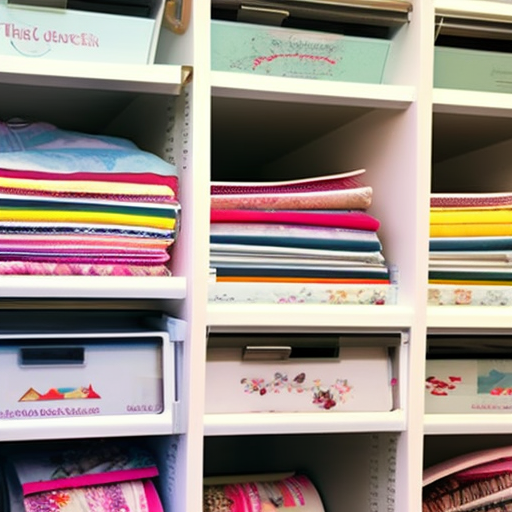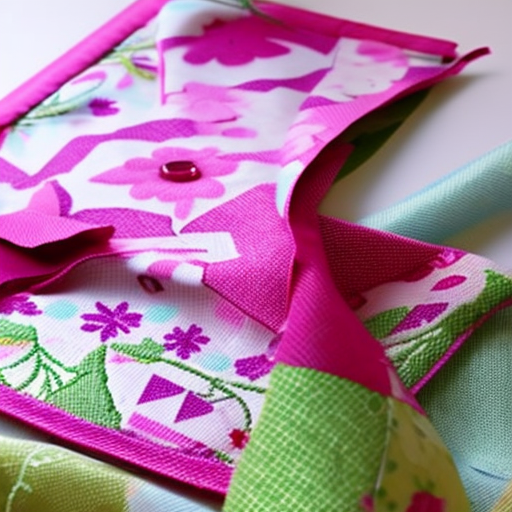
Managing sewing patterns is crucial for any sewing enthusiast or professional. Keeping your sewing patterns organized and easily accessible not only saves time but also ensures you can find the right pattern whenever you need it. Here are some effective ways to store your sewing patterns:
1. Filing Cabinet or Folders
If you have physical copies of your sewing patterns, using a filing cabinet or folders is a great storage solution. Label each folder with the pattern type, number, or any categorization that suits your needs. Place the patterns inside clear plastic sleeves to protect them from wear and tear. This method allows you to easily flip through the patterns and find what you need without much hassle.

2. Binders with Sheet Protectors
Another popular storage method is using binders with sheet protectors. This option works well for both physical copies and printed PDF patterns. Simply insert each pattern into a sheet protector and arrange them in alphabetical, numerical, or thematic order. You can also insert dividers to categorize patterns by garment type, pattern company, or season.

3. Digital Organization
If you prefer digital storage, organizing your sewing patterns on your computer can be a convenient option. Create folders on your computer or in cloud storage services and label them accordingly. Organize patterns by designer, type, or any other categorization that makes sense to you. Additionally, consider renaming your pattern files to include important details such as the designer, pattern number, and size range. This way, you can quickly search for a pattern using keywords.

4. Pattern Storage Boxes
For physical patterns, using pattern storage boxes can be a practical solution. These boxes are specifically designed to hold sewing patterns and often come with dividers for easy organization. They help protect your patterns from dust, sunlight, and other potential damage. Remember to label each box with the pattern type or any other relevant information.

5. Hanging File Folders
If you have limited space or prefer hanging storage options, hanging file folders can be a great choice. You can use a file drawer or an open cabinet to store these folders vertically. Label each file folder with pattern details or categories, allowing you to quickly browse through and select your desired pattern.

Remember, regardless of the storage method you choose, keep an inventory of your patterns. Make notes of the pattern name, designer, and any modifications or adjustments you have made. This will help you keep track of your collection and provide useful information for future sewing projects.
By storing your sewing patterns in an organized manner, you can focus more on your sewing projects and less on searching for patterns. Find a storage method that suits your needs, and enjoy the convenience and efficiency it brings to your sewing journey!





I use archival-quality plastic sheet protectors!
Storing your sewing patterns with archival-quality plastic sheet protectors is an efficient way to keep your patterns clean and organized. With these protectors, you can easily find the patterns you need without having to worry about them being damaged or lost. They also last much longer than regular paper patterns, so you can hold onto them for years!
I use a filing cabinet!
Adding to the previous two suggestions, a filing cabinet is a great option for keeping your sewing patterns safe and organized. Not only does a filing cabinet provide a more secure storage option for your patterns, but you can also easily access them when needed and even store them on shelves for saving space. Plus, if you decide to use dividers you can easily sort through your patterns and keep them easily recognizable.
I like to use a combination of both solutions!
I like to use a combination of both solutions!
I like to use a combination of both solutions!
A great way to store sewing patterns is to use a combination of both solutions!
A filing cabinet is a great way to store and organize sewing patterns!
An ideal way to keep sewing patterns organized is to use a combination of both the filing cabinet and other creative storage options, like labeling boxes or using a notebook!